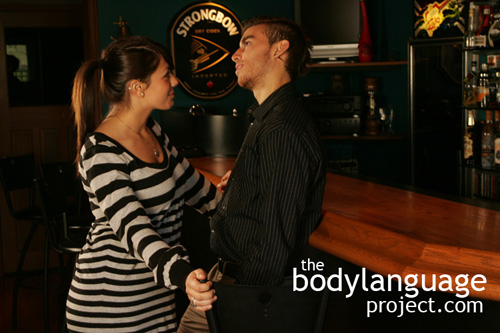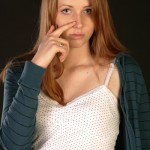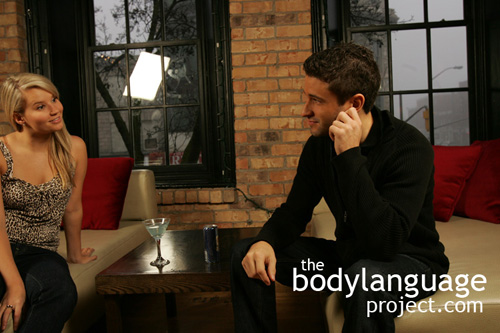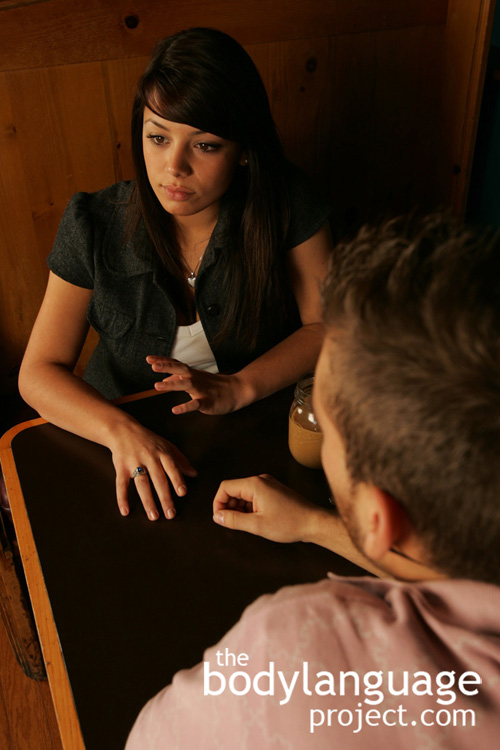
Lip licking can be a cue of sexual interest, but only if other cues are present. No cue, by itself can be taken to mean any one thing.
Nearly every motion of the body can be construed sexually, but only properly read as sexual within the right context. Take for example proximity, which can mean interest, but independent of context, means nothing. Getting stuffed into an elevator may lead to accidental touching but this doesn’t mean a girl fancies a guy, but in context with other signals, could mean that she does. She might go out of her way to stand next to him even if the elevator is only partially full, or she might cast intermittent gazes. Unfortunately, these low key signals are often thought to be clear signals of interest by the women who send them. Women figure they’re obvious and overt, and when the man she fancies doesn’t reciprocate, she takes this to mean that he’s disinterested. Even if she gives him the benefit of the doubt she might “ramp” things up a little bit to get him excited by looking up into his eyes and licking her lips making them glossy, but even these subtle hints can pass for normal affect. From these cues alone, should he know what is going on?
The simple answer is, no, he shouldn’t, he needs more obvious clues to discern interest. Maybe she licks her lips regularly, maybe she’s a natural close talker and ignores the personal space of those around her as part of her personality explaining her willingness to stand so close or maybe she’s just a friendly kind of person. Men need concrete reasons to solicit because what women are asking of them is risky and potentially embarrassing. Without “coming over the top” which can than be risky for women, they should offer controlled, directed and continuous signals of interest to test his willingness to pursue. Signals should begin subtly and grow in intensity with the passage of time, especially if the hint isn’t being picked up and there is a strong interest in creating attraction. Women should not assume that just because he doesn’t respond to a smile, that he’s completely without interest. He might be doing his version of being polite, or gentlemanly. Along similar lines, men should resist approaching any and all women, especially those that only put out mild cues. Men should let women dance a little too, as this will raise sexual tension, show that they are worthy as a mate because they aren’t supplicating all over them, and that they have inherent value. This isn’t to say that they should ignore cues altogether, all cues are important to recall, but it does mean that they should resist acting on vague ones.
In this chapter we first we cover the most common sexual signals for women, and then we move onto ways in which men can signal sexually in the pages that follow. For now, let’s look at what women can do to be clear about their sexual interest to men, so as to reap the results they desire, and in the same breath we outline the cues that men should be watchful of in women as cues worthy of pursuit.

















